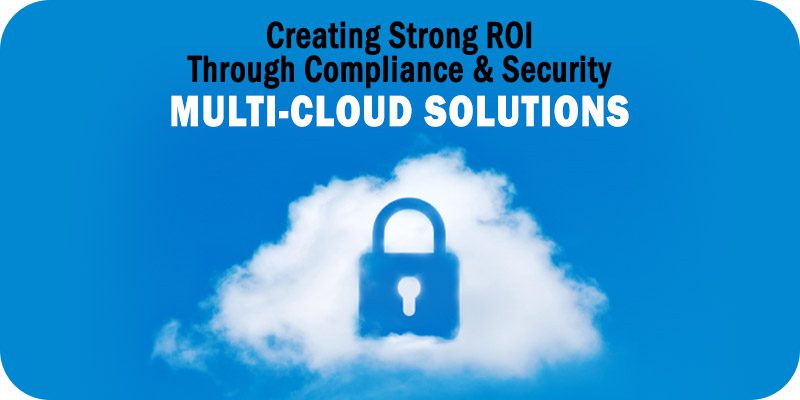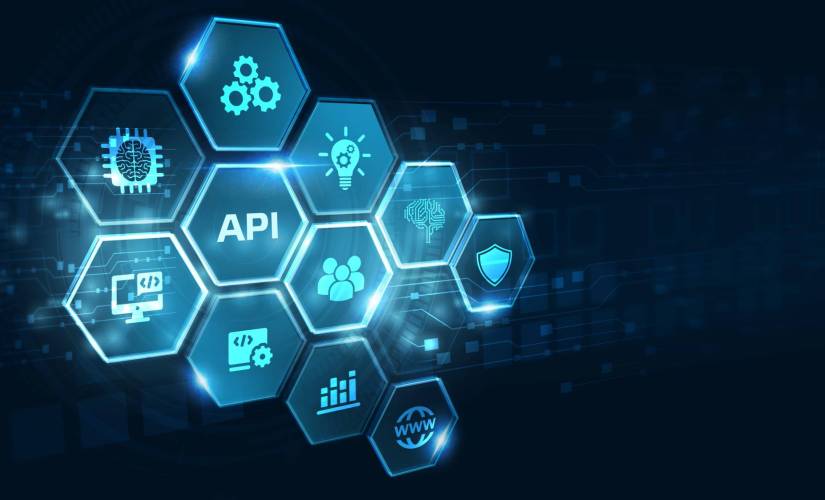What Is Decentralized Identity?
:format(webp)/cloudfront-us-east-1.images.arcpublishing.com/coindesk/WPB2NS6BSFDVNAUP4GXNGCR4XI.jpg)
Decentralized identities are not hosted on centralized servers by big entities
such as Google or Meta Platforms (the former Facebook). Instead, they are
often hosted on decentralized file-sharing platforms, such as the
InterPlanetary File System (IPFS). These open-source protocols store data on
decentralized networks that are difficult to shut down and give users
ownership over their online data. In addition, decentralized identities only
share information with other parties when and if they choose. This means that,
unlike centralized identities, personal data cannot be stored or shared
without the user's knowledge or consent. According to the Ethereum Foundation,
decentralized identities can be used for many things, such as a universal
login to reduce the need for separate usernames passwords, as a way to bypass
know-your-customer (KYC) measures and to create online communities that are
free of bots and fake accounts.
Why we need to care about responsible AI in the age of the algorithm

The rapid pace of AI development does not appear to be slowing down.
Breakthroughs come fast – quickly outpacing the speed of regulation. In the
past year alone, we have seen a range of developments, from deep learning
models that generate images from text, to large language models capable of
answering any question you can think of. Although the progress is impressive,
keeping pace with the potential harms of each new breakthrough can pose a
relentless challenge. The trouble is that many companies cannot even see that
they have a problem to begin with, according to a report released by MIT Sloan
Management Review and Boston Consulting Group. ... Responsible AI is more than
a check box exercise or the development of an add-on feature. Organizations
will need to make substantial structural changes in anticipation of AI
implementation to ensure that their automated systems operate within legal,
internal and ethical boundaries.
Uncovering new opportunities with edge AI

Edge AI and edge ML present unique and complex challenges that require the
careful orchestration and involvement of many stakeholders with a wide range
of expertise from systems integration, design, operations and logistics to
embedded, data, IT and ML engineering. Edge AI implies that algorithms must
run in some kind of purpose-specific hardware ranging from gateways or on-prem
servers on the high end to energy-harvesting sensors and MCUs on the low end.
Ensuring the success of such products and applications requires that data and
ML teams work closely with product and hardware teams to understand and
consider each other’s needs, constraints and requirements. While the
challenges of building a bespoke edge AI solution aren’t insurmountable,
platforms for edge AI algorithm development exist that can help bridge the gap
between the necessary teams, ensure higher levels of success in a shorter
period of time, and validate where further investment should be made.
IT Automation vs. Orchestration: What's the Difference?

IT automation refers to the use of technology to automate tasks and processes
that would otherwise be done by someone on your team. This includes everything
from communication to security tasks. Today, the appeal of this automation is
greater than it has ever been in the corporate world. One study shows that
more than 30% of organizations have five or more departments that automate
tasks. ... Orchestration is about coordinating tasks and processes into
workflows. Orchestration is the process of automating and managing the
end-to-end flow of IT services, from initial requests to final delivery. This
can include everything from provisioning new servers to deploying applications
and monitoring performance. The benefits of orchestration are similar to those
of IT automation but they extend beyond simple task execution. They enable
organizations to coordinate and manage complex workflows across multiple
systems, tools, and teams. This improves efficiency and reduces the chance of
errors on a larger scale.
Critical flaw in AI testing framework MLflow can lead to server and data compromise

MLflow is written in Python and is designed to automate machine-learning
workflows. It has multiple components that allow users to deploy models from
various ML libraries; manage their lifecycle including model versioning, stage
transitions and annotations; track experiments to record and compare
parameters and results; and even package ML code in a reproducible form to
share with other data scientists. MLflow can be controlled through a REST API
and command-line interface. All these capabilities make the framework a
valuable tool for any organization experimenting with machine learning. Scans
using the Shodan search engine reinforce this, showing a steady increase of
publicly exposed MLflow instances over the past two years, with the current
count sitting at over 800. However, it's safe to assume that many more MLflow
deployments exist inside internal networks and could be reachable by attackers
who gain access to those networks.
Can Security Keep Up With ChatGPT Evolutions?

As with most technological developments, there are two sides of the coin.
ChatGPT may present businesses with a never-ending pool of opportunities, but
the same resource is available to those with more malicious intent. While
ChatGPT itself cannot be directly targeted by cybersecurity threats like
malware, hacking or phishing, it can be exploited to help criminals infiltrate
systems more effectively. The platform’s developers have taken steps to try to
reduce this as much as possible, but it takes just one attacker to word their
question in the right way to get the desired response. The best example here
is phishing. Asking the platform to generate a phishing template directly will
result in the chatbot refusing. However, if someone with malicious intent
rewrote their question ever so slightly, the AI won’t detect any issue. For
example, if you ask it to create a ‘gophish’ template, it will comply. The
advanced capabilities of ChatGPT throws up several red flags for security
teams, but it isn’t time to hit the doomsday button just yet.
Creating Strong ROI for Multi-Cloud Solutions Through Compliance & Security

When it comes to budget, storing data in the cloud eliminates the need to pay
upfront for physical hardware and services. Predictable subscription services
fees without capital expenses means organizations can lower their overall
costs and invest the savings in other areas that drive innovation. Take for
example, a healthcare organization that moves its critical on premise
infrastructure into the cloud. In doing so, the organization immediately saves
enough on its capital expense budget to add much needed additional healthcare
staff ready to serve patients. With regard to gaining intelligence, the data
that can be gathered in a single or multi-cloud environment makes it
infinitely easier to analyze and gain actionable insights that would otherwise
be unavailable. This level of data-driven analytics and intelligence is
powerful as it can be directly applied to customer service and operational
performance improvements. Multi-cloud solutions also make scaling up and down
to meet demand extremely simple and efficient.
6 Myths About Leadership That May Be Holding You Back
While it is true that leaders often hold positions of authority and are
responsible for making important decisions, leadership is not limited to those
in formal leadership positions. Leadership can be demonstrated by anyone who
takes the initiative, inspires others and creates positive change, regardless
of their official role or title. Some of the most influential leaders do not
hold formal leadership positions but still manage to influence others and make
a difference. ... True leaders often face uncertain and unpredictable
situations and may only sometimes have all the answers. In these situations,
it's natural for a leader to feel some degree of uncertainty or doubt. The key
difference between a leader and someone who appears confident is that a leader
can acknowledge their limitations and vulnerabilities while still maintaining
their focus and determination. They are not afraid to ask for help or admit
when they don't know something. Leaders who are open and honest about their
struggles can inspire greater trust and respect from their team.
API Gateways: The Doorway to a Microservices World

While microservices are beneficial, they also create significant new
challenges. These challenges include:Increased complexity: A microservices
architecture introduces additional complexity, as each service needs to
communicate with other services through well-defined interfaces. This can
result in increased development and management overhead, as well as challenges
with testing and debugging. Distributed systems management: A microservices
architecture is a distributed system, which means it can be challenging to
monitor and manage individual services, especially when there are multiple
instances of the same service running in different environments. Data
consistency: Maintaining data consistency across multiple services can be
challenging, as changes to one service can impact other services that depend
on that data. This requires careful planning and management to ensure that
data remains consistent and up-to-date across the system.
An open data lakehouse will maintain and grow the value of your data

So here’s how to take advantage of all the data flowing through your
organization’s digital transformation pipelines and bring together open-source
systems and the cloud to maximize the utility of the data. Use an open data
lakehouse designed to meld the best of data warehouses with the best of data
lakes. That means storage for any data type, suitable for both data analytics
and ML workloads, cost-effective, fast, flexible and with a governance or
management layer that provides the reliability, consistency and security
needed for enterprise operations. Keeping it “open” (using open-source
technologies and standards like PrestoDB, Parquet and Apache HUDI) not only
saves money on license costs, but also gives your organization the reassurance
that the technology that backs these critical systems is being continuously
developed by companies that use it in production and at scale. And as
technology advances, so will your infrastructure. Remember, you’ve already
invested mightily in data transformation initiatives to remain competitively
nimble and power your long-term success.
Quote for the day:
"Leadership matters more in times of uncertainty." -- Wayde Goodall
No comments:
Post a Comment